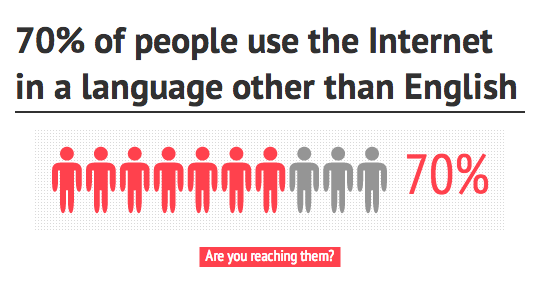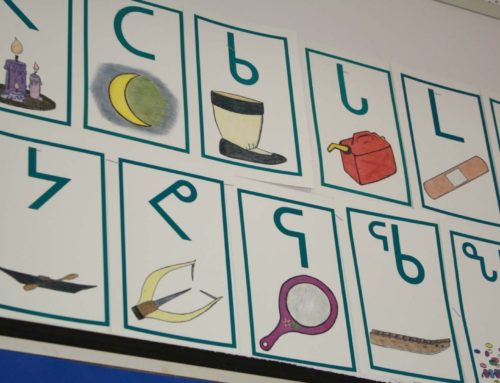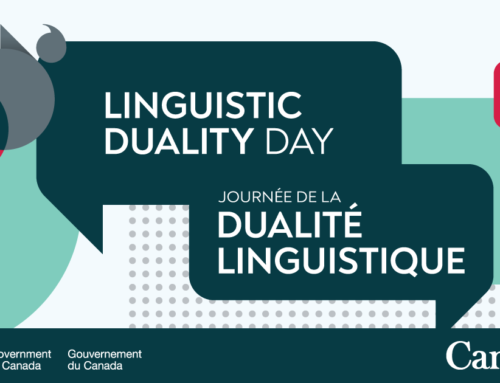Deciding to make your website accessible in multiple languages is a great idea, but it can be a bit intimidating once you’re faced with all the terminology of the language industry: translation, internationalization, localization, globalization…L10n? Not to worry, in reality creating a multilingual website is not as intimidating as it seems.
When making your decision, the key is to distinguish between translating or localizing your website.
Translation
Translation tends to be simpler than localization; it is a direct conversion of one language to another. Projects that are best suited for translation include:
- Packaging and labels
- Signage
- Internal communication (training material, intranet, memos)
- Official documents
When the message is meant for a general audience, professional translation services are your best option. It is a great way to make information accessible to those who speak other languages, and can in fact be vitally important. For example, products sold in Canada are legally obliged to have bilingual labelling. In other cases, companies may be translating internal documentation for their employees so that policies can be easily understood and followed.
Translation is an effective tool for making general information available to many people, but what about content that is targeted to specific demographics?
Localization
For targeted content, localization is the way to go. Localization, sometimes referred to as “L10n”, takes translation a step further by adapting content instead of directly converting it. This simply means that your materials, no matter what language they are in, are specifically crafted for your target audiences.
Localization is useful for projects such as:
- Marketing materials
- Slogans
- Social media campaigns
- Websites
- Games
Essentially, when a translator is localizing your content, they are ensuring that your message will effectively reach your audience in the target language.
How does localization work?
Though translation and localization are similar, the key difference between the two is the role of culture. Translation is the art of adapting a text from its source language into the target language. Localization looks at the culture underlying the two languages… Will the theme of the content in one language resonate with an audience in another? When you wish to publish content that will have an emotional impact, build relationships or help establish your brand identity, localization can help you achieve this on a multilingual level.
Localization takes into account:
Idioms, puns, and more
Slogans, product names, or other content that uses wordplay to convey a message cannot be directly translated. However, a similar message can still be conveyed through localization.
For example, adapting your marketing campaign to reach French Canadians and Spanish speaking Americans involves localizing your message into two completely different ways. It is not enough to simply translate your English, source text. You’ll want to start by doing a thorough keyword search in each language and do a market research to understand the specific needs of your target audience and how your products or services are perceived.
Any content that uses play on words will need the creativity of localization. Hain Celestial’s “Sleepytime” tea needed a French product name that was equally short and effective. After being localized into French, “Sleepytime” became “Tranquillithé”. Read more about bilingual brand packaging here.
Meanings of symbols
Localization is not only applied to the text, the entire layout of your content can benefit from a cultural adaptation. This applies to everything from colours to symbols and hand gestures. A good example is the thumbs-up…it means all good right? Not always. Though a thumbs-up is typically a positive sign, it is extremely offensive in certain countries, such as Thailand, Iran, and Iraq. Being aware of cultural cues is an important part of effectively reaching and engaging a multilingual audience.[/fusion_builder_column]
Localization also deals with the more intangible aspects of a culture…what are the values and current trends? How do people feel and react about certain subjects? These topics are hard to pin down and tend to change with time, which brings up another important aspect of localization: having it done by the right person. An in-market professional translator is a great way to get properly localized content. Not only do they have the skills and grasp of the language, their location connects them to the pulse of your target markets.
In addition to cultural components, another key part of localization is SEO. Search Engine Optimization is the way to get seen by the Internet population. Though you may have a well-developed English SEO strategy, a direct translation will not be an effective way of establishing your multilingual online presence. Different languages and cultures will need different keywords. Localizing your website for SEO is a great way to ensure that your content is not only adapted for your target audiences, but able to reach them as well.
Should you translate or localize your website?
Ultimately, the choice is yours, but a blend of both website localization and website translation will have the most benefits. Certain things just don’t need to be localized. These are the parts of your website that are more structural or official than creative and targeted. For example, privacy policies and terms of use, or buttons and other static text on your site most likely don’t require any localization. In this case, website translation is perfectly acceptable.
On the other hand, the main content on your website is better suited to localization. Your website is like a spokesperson for your company, you want it to look good and effectively communicate your values, products, and services. You want the message conveyed to be engaging for your customers, and this is what localization ensures. There is also the matter of SEO to take into account; localization is an integral part of a multilingual SEO strategy.
Website localization is a smart option for businesses because less than 30% of Internet users speak English. The combination of localized content and SEO ensures that your message is not only reaching your audience, but also engaging them.
The next steps…
Engagement can happen in a number of ways. An initial localization of your web content is a great beginning to building solid relationships with multilingual customers. However, it is important to keep in mind that as the world gets increasingly digitized and diverse, websites need to be dynamic in order to attract visitors. Drive web traffic by producing new multilingual content.






